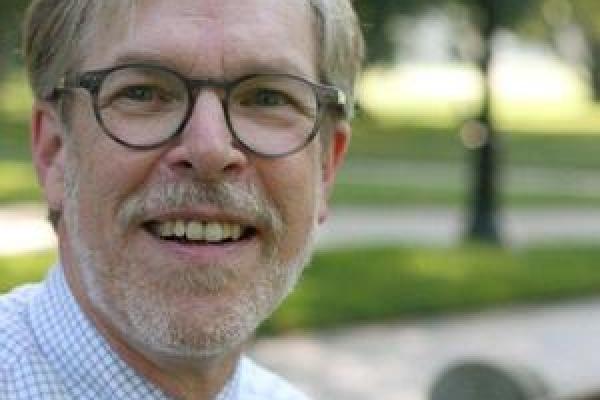
Çatalhöyük: The Bioarchaeology of Health and Lifestyle in the First City
Viewed in the context of ecology, diet, activity patterns, and living circumstances generally, the bioarchaeological record of human remains provides a fundamental source for documenting and interpreting the earlier history of the human condition. This biological history provides the setting and background for who we are today, especially in regard to our overall profile of health, quality of life, and lifestyle. As part of a 25-year research program, this project involves the excavation and study a large and extraordinary sample of human remains from the site of Çatalhöyük in south-central Turkey. Occupied for more than 1,000 years (ca. 7100-6000 BC) and populated by 5,000-8,000 individuals at its peak, it is among the earliest cities in the world. The population represented by these remains was among the earliest farmers, raising domesticated plants and herding cattle, sheep, and goats. The research program employs demography, biogeochemistry, oral and general health, growth and development, degenerative disease, and biomechanics in order to address the general question, What can we learn about health and lifestyle in the first city dwellers? Answers to this question provide the groundwork for understanding the dynamics and impacts of population increase, sedentism, over-crowding, and dependence on plant carbohydrates, circumstances that continue to characterize most the world’s population in the early 21st century.
Dr. Larson is Chair and SBS Distinguished Professor, Anthropology, at The Ohio State University
